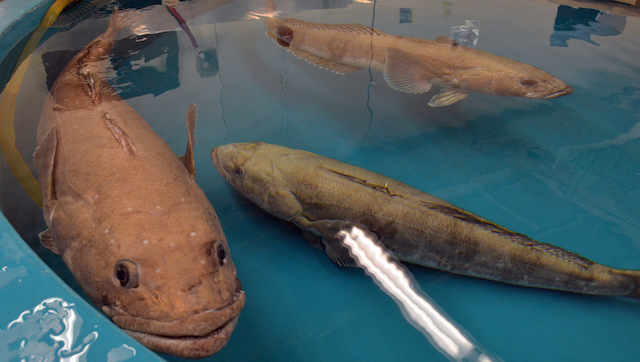13 October, 2016 by Staff Reporter
Next week, the Commission for the Conservation of Antarctic Marine Living Resources (CCAMLR) will be holding discussions at its annual meeting in Hobart that could determine the future of the Ross Sea in the Antarctic.
The Thirty-fifth meeting of the Commission and the Scientific Committee will be the sixth attempt by member nations to establish a marine protected area (MPA) to protect the Ross Sea and East Antarctica's marine environments. The proposal was almost passed in 2015, with only Russia remaining opposed.
The proposal needs to be agreed unanimously by the 25 member states of the CCAMLR.
The Ross Sea region is one of the most pristine marine environments in the world, and the Ross Sea Shelf is one of the most thriving areas of the Southern Ocean. It is home to large percentages of the world’s Adélie penguin, emperor penguin, Antarctic petrel, South Pacific Weddell seal and Ross Sea killer whale populations. It is also an important breeding ground for the endangered blue whale.

The Ross Sea is also an important commercial fishing ground for the Antarctic toothfish, and Russia is concerned about the impact protecting it would have on its fishery. Commercial fishing for the Antarctic toothfish is permitted in the Ross Sea, provided that the biomass of the spawning stock is still at least half of its previous level 35 years later.
At the annual CCAMLR meeting in Hobart in 2015, the United States and New Zealand tabled a revised version of the MPA proposal, one that would cover more than 1.5 million square kilometres.
The proposal includes a ‘no take’ General Protection Zone (where nothing can be removed, including marine life and minerals) that contains the Ross Sea shelf and slope and the Balleny Islands, representative protection of areas that provide good samples of special habitats, including an underwater mountain range, a fully protected area around Scott Seamount, a Special Research Zone which allows for limited research fishing for krill and toothfish, and a Krill Research Zone which allows for controlled research fishing for krill.
The Commission for the Conservation of Antarctic Marine Living Resources (CCAMLR) was established by international convention in 1982 with the objective of conserving Antarctic marine life. This was in response to increasing commercial interest in Antarctic krill resources, a keystone component of the Antarctic ecosystem and a history of over-exploitation of several other marine resources in the Southern Ocean. The commission has 25 member nations and a further 11 countries who have acceded to the convention.
The Protocol on Environmental Protection to the Antarctic Treaty, also known as the Madrid Protocol, is part of the Antarctic Treaty System. It provides for comprehensive protection of the Antarctic environment and dependent and associated ecosystems.
It was signed in 1991 and came into force in 1998, and is widely considered a success. However, it doesn’t extend to fisheries, and for the creation of an MPA under the terms of the Protocol, the approval of the CCAMLR must be secured.